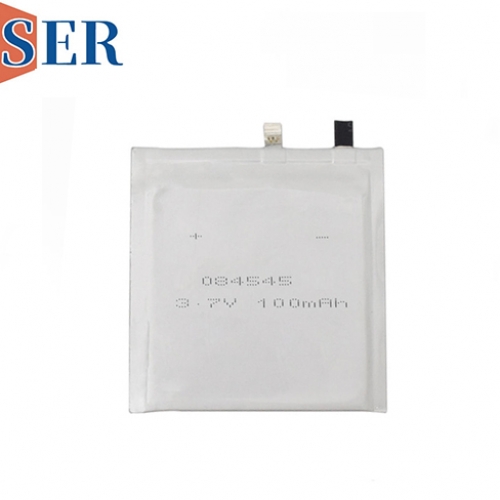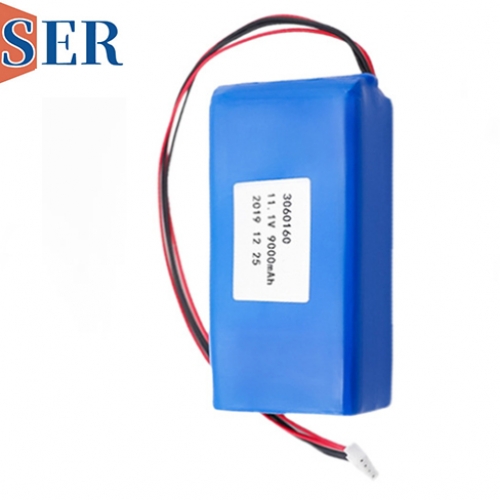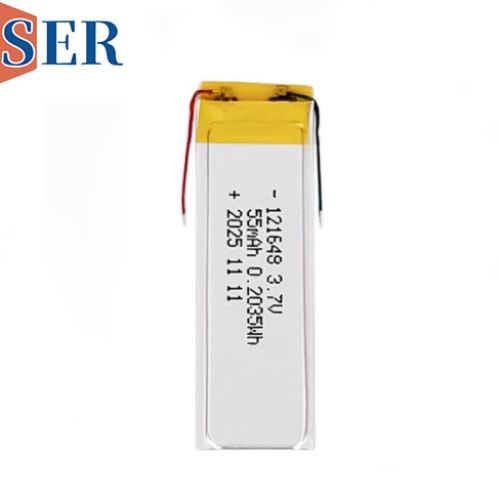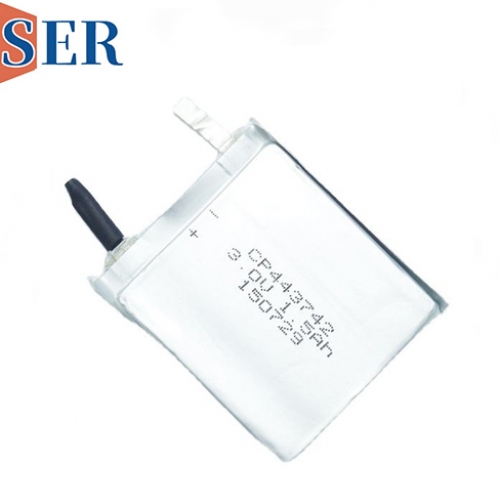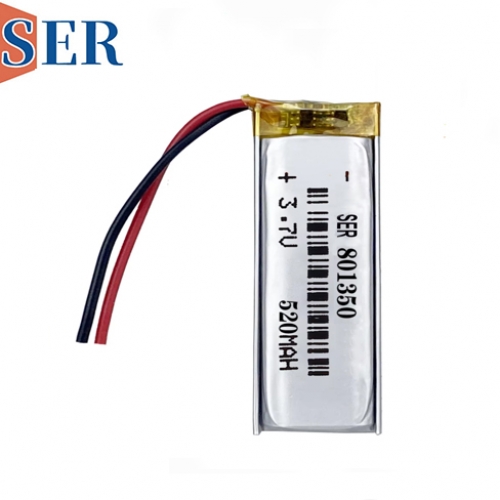High-Temperature Lithium Thionyl Chloride (LiSOCl₂) Batteries: The ER14250LR Series for Extreme Environments
High-Temperature Lithium Thionyl Chloride (LiSOCl₂) Batteries: The ER14250LR Series for Extreme Environments
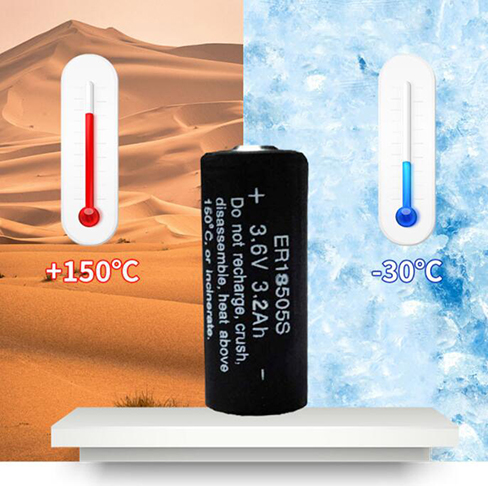
Abstract
The demand for reliable power sources in high-temperature industrial applications has surged with advancements in sectors such as oil and gas exploration, automotive engineering, and smart infrastructure. Traditional batteries often fail under extreme heat, leading to operational downtime and safety risks. High-temperature Lithium Thionyl Chloride (LiSOCl₂) batteries, particularly the ER14250 series, have emerged as a robust solution, offering exceptional performance in temperatures exceeding 150°C (302°F). This article explores the technology, variants, and applications of high-temperature LiSOCl₂ batteries, focusing on the ER14250 150°C, ER14250S, ER14250LR, and ER14250 3.6V 150°C models.
1. Introduction to High-Temperature LiSOCl₂ Batteries
Lithium Thionyl Chloride (LiSOCl₂) batteries are renowned for their high energy density, long shelf life, and wide operating temperature range. However, standard LiSOCl₂ cells typically function optimally between -55°C to +85°C, limiting their use in extreme environments. High-temperature variants, such as the ER14250 series, extend this range to 150°C, making them indispensable for applications where conventional batteries would degrade or fail.
1.1 Why High-Temperature Batteries?
Industrial Automation: Sensors and actuators in foundries, kilns, and smelters require stable power.
Oil & Gas: Downhole instrumentation in geothermal wells or deep drilling operations faces temperatures up to 200°C.
Aerospace & Defense: Missile guidance systems and satellite components must endure thermal cycling.
Automotive: Engine control units (ECUs) and tire pressure monitoring systems (TPMS) operate near heat sources.
The ER14250 series addresses these challenges by combining advanced materials and design innovations.
2. The ER14250 Series: Variants and Specifications
The ER14250 is a cylindrical, non-rechargeable (primary) LiSOCl₂ battery with a 3.6V nominal voltage. Key variants include:
ER14250 150°C | 3.6V | -55°C to +150°C | ~1200-1500 mAh | High-temperature electrolyte, hermetic seal |
ER14250S | 3.6V | -55°C to +125°C | ~1200 mAh | Standard high-temp, lower capacity |
ER14250LR | 3.6V | -55°C to +85°C | ~2400 mAh | Long-life, lower temp focus |
ER14250 3.6V 150°C | 3.6V | -55°C to +150°C | ~1200 mAh | Optimized for 150°C continuous operation |
2.1 Key Design Differences
Electrolyte Formulation: High-temperature variants use a proprietary electrolyte with enhanced thermal stability, preventing decomposition at elevated temperatures.
Separator Technology: Advanced separators minimize internal short circuits and thermal runaway risks.
Hermetic Sealing: Glass-to-metal seals ensure no leakage, even under extreme pressure and heat.
Cathode Material: Modified carbon cathodes improve conductivity and reduce impedance at high temperatures.
3. Technology Behind High-Temperature LiSOCl₂ Batteries
The ER14250 series leverages the following technological advancements:
3.1 Electrochemical Reaction
The primary reaction in a LiSOCl₂ battery is:
Lithium Anode: Highly reactive, providing high energy density.
Thionyl Chloride Cathode: Acts as both an electrolyte solvent and a cathode depolarizer.
SO₂ Gas Evolution: A byproduct that can cause pressure buildup; managed via pressure relief valves in some designs.
3.2 Thermal Management
Electrolyte Stability: Traditional LiSOCl₂ electrolytes decompose above 120°C, releasing toxic gases. High-temperature variants use stabilized electrolytes (e.g., lithium borates or fluorinated additives) to prevent decomposition.
Cathode Modification: Carbon cathodes are treated with pyrolytic graphite or carbon nanotubes to enhance conductivity and reduce impedance at high temperatures.
Separator Reinforcement: Ceramic-coated separators prevent dendrite growth and short circuits.
3.3 Safety Mechanisms
Pressure Relief Valves: Prevent explosions in case of overpressure.
Thermal Fuses: Cut off current flow if temperatures exceed safe limits.
Positive Temperature Coefficient (PTC) Devices: Limit current during overheating.
4. Applications of High-Temperature ER14250 Batteries
The ER14250 series is deployed in critical applications where reliability under extreme heat is non-negotiable:
4.1 Oil & Gas Industry
Downhole Instrumentation: Sensors measuring pressure, temperature, and seismic activity in geothermal wells operate at 150-200°C.
Wireless Logging Tools: Battery-powered data loggers must function continuously for months in high-temperature environments.
4.2 Automotive Sector
Engine Control Units (ECUs): Placed near the engine, these units require batteries that withstand 120-150°C during operation.
Tire Pressure Monitoring Systems (TPMS): Sensors mounted inside tires endure heat from braking systems.
4.3 Aerospace & Defense
Missile Guidance Systems: Batteries must function reliably during launch and re-entry, where temperatures can exceed 150°C.
Satellite Components: Solar array deployment mechanisms and attitude control systems rely on stable power sources.
4.4 Industrial Monitoring
Furnace Sensors: Steel mills and glass foundries use temperature and pressure sensors powered by ER14250 batteries.
Pipeline Monitoring: Wireless sensors tracking corrosion and leaks in hot pipelines.
5. Performance Comparison: ER14250 vs. Traditional LiSOCl₂ Batteries
Operating Temperature | -55°C to +85°C | -55°C to +150°C |
Capacity at 25°C | ~2400 mAh (ER14250LR) | ~1200-1500 mAh |
Shelf Life | 10+ years | 10+ years |
Self-Discharge Rate | <1% per year | <1% per year |
Max Continuous Discharge | 1-2 mA | 0.5-1 mA (due to higher internal resistance at high temps) |
Cost | Lower | Higher (due to specialized materials) |
6. The high-temperature LiSOCl₂ battery, particularly the ER14250 series, is designed to operate reliably in extreme temperatures, with variants like ER14250 150°C, ER14250S, ER14250LR, and ER14250 3.6V 150°C battery catering to specialized industrial applications. Here’s a detailed overview:
Key Features of High-Temperature LiSOCl₂ Batteries (ER14250 Series):
Wide Temperature Range:
These batteries are engineered to perform in temperatures as high as 150°C (302°F), making them suitable for applications in harsh environments such as oil and gas drilling, automotive under-hood electronics, and industrial sensors.
Standard LiSOCl₂ batteries typically operate in the range of -55°C to +85°C, but high-temperature variants extend this range significantly.
High Energy Density:
LiSOCl₂ chemistry offers one of the highest energy densities among primary battery technologies, making it ideal for applications requiring long-term power with minimal
9. Conclusion
The ER14250 high-temperature LiSOCl₂ battery series represents a breakthrough in energy storage for extreme environments. With variants like the ER14250 150°C, ER14250S, and ER14250LR, industries can now deploy reliable power sources in applications previously deemed impossible. While challenges remain—such as higher costs and reduced capacity at peak temperatures—ongoing research promises even greater performance and affordability.
As industries continue to push the boundaries of operation in harsh conditions, the ER14250 series will remain a cornerstone of innovation, ensuring that critical systems stay powered, safe, and efficient.

